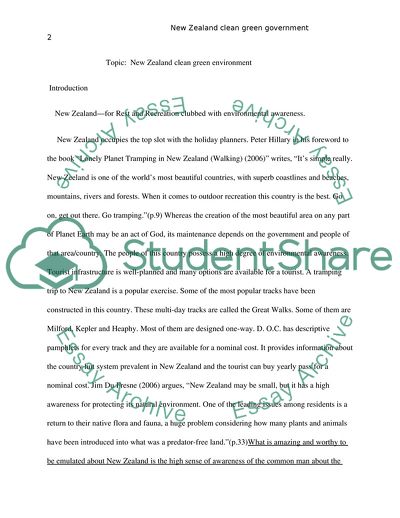Cite this document
(New Zealand Clean Green Environment Coursework Example | Topics and Well Written Essays - 1500 words, n.d.)
New Zealand Clean Green Environment Coursework Example | Topics and Well Written Essays - 1500 words. https://studentshare.org/environmental-studies/1770296-new-zealand-clean-green-environment
New Zealand Clean Green Environment Coursework Example | Topics and Well Written Essays - 1500 words. https://studentshare.org/environmental-studies/1770296-new-zealand-clean-green-environment
(New Zealand Clean Green Environment Coursework Example | Topics and Well Written Essays - 1500 Words)
New Zealand Clean Green Environment Coursework Example | Topics and Well Written Essays - 1500 Words. https://studentshare.org/environmental-studies/1770296-new-zealand-clean-green-environment.
New Zealand Clean Green Environment Coursework Example | Topics and Well Written Essays - 1500 Words. https://studentshare.org/environmental-studies/1770296-new-zealand-clean-green-environment.
“New Zealand Clean Green Environment Coursework Example | Topics and Well Written Essays - 1500 Words”. https://studentshare.org/environmental-studies/1770296-new-zealand-clean-green-environment.


